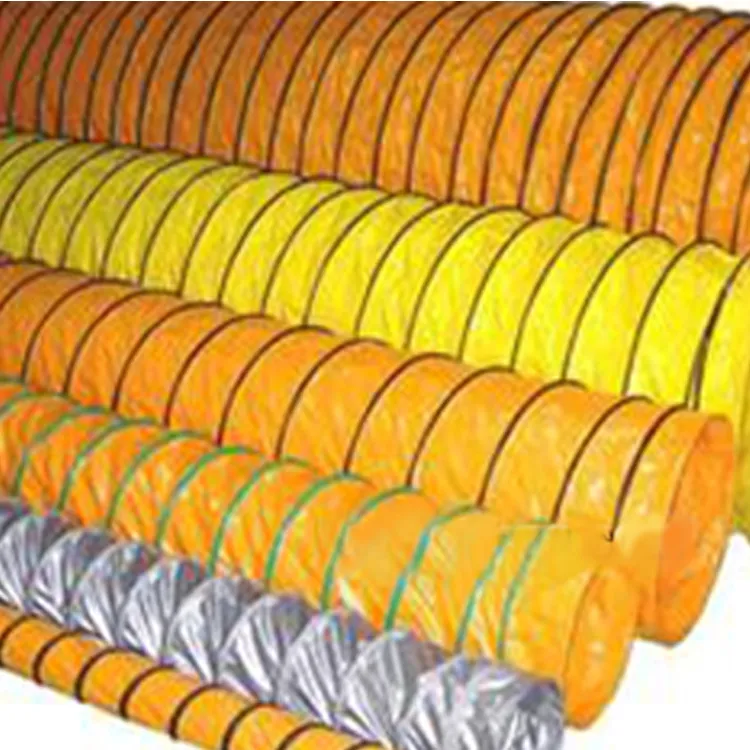what is heavy duty sewing machine
Understanding Heavy-Duty Sewing Machines
Heavy-duty sewing machines are designed for those who require robust performance and durability in their sewing tasks. Unlike standard sewing machines, these specialized tools are built to handle thicker, heavier fabrics such as denim, leather, and upholstery. They are ideal for professionals and hobbyists alike who work on projects ranging from garment construction to home décor, and even crafting.
Key Features of Heavy-Duty Sewing Machines
The primary distinguishing characteristic of heavy-duty sewing machines is their strong motor. These machines typically boast more powerful motors than their standard counterparts, allowing them to sew through multiple layers of tough materials without faltering. This strength is crucial not only for sewing but also for operating specialized attachments like walking feet or heavy-duty needles.
Another significant feature is the robust construction. Heavy-duty models often come with a metal frame that provides stability and reduces vibration during operation. This sturdiness translates to greater longevity, making them a worthwhile investment for serious sewists. Many heavy-duty sewing machines also offer a variety of stitch options, including straight, zigzag, and decorative stitches, giving users flexibility in their projects.
Understanding Heavy-Duty Sewing Machines
Heavy-duty sewing machines are exceptionally versatile. They can handle a wide range of sewing tasks, from making sturdy bags and clothing repairs to crafting quilts and home upholstery projects. For example, if you are making a leather bag, a heavy-duty sewing machine can easily sew through multiple layers without skipping stitches. They are also well-suited for automotive upholstery repairs or creating outdoor gear like tents and awnings.
what is heavy duty sewing machine

User-Friendly Features
Despite their robustness, many heavy-duty sewing machines are designed with user-friendliness in mind. They often feature easy threading systems, automatic needle threaders, and adjustable sewing speeds to accommodate both beginners and experienced sewists. Additionally, many models come with helpful accessories such as additional presser feet, a walking foot for even feeding of extra-thick fabrics, and a sturdy carrying case for portability.
Maintenance and Considerations
Owning a heavy-duty sewing machine does require some upkeep. Regular maintenance such as cleaning, oiling, and adjusting the tension will ensure optimal performance and extend the machine's lifespan. It's also essential to use the correct needles and thread types appropriate for heavy fabrics, as this can help avoid potential damage to the machine.
When selecting a heavy-duty sewing machine, consider factors such as your specific sewing needs, the types of fabrics you plan to work with, and the range of features offered by different models. Brands like Singer, Brother, and Janome are popular choices and have models specifically designed for heavy-duty sewing applications.
Conclusion
In summary, heavy-duty sewing machines are an invaluable tool for anyone looking to tackle projects that require durability and strength. Their robust motors, metal construction, and versatility make them ideal for a wide range of sewing tasks. With user-friendly features that accommodate sewists of all skill levels and proper maintenance, a heavy-duty sewing machine can significantly enhance your sewing experience, allowing you to achieve professional results in your craft. Whether you are a seasoned professional or an enthusiastic hobbyist, investing in a heavy-duty sewing machine can elevate your sewing projects to new heights.
-
Industrial Cylinder Arm Sewing Machine: Revolutionizing Heavy-Duty SewingNewsJul.28,2025
-
Cylinder Arm Sewing Machine: Perfect for Special Sewing ApplicationsNewsJul.28,2025
-
Cylinder Bed Sewing Machine: Essential for Sewing Complex MaterialsNewsJul.28,2025
-
Heavy Duty Sewing Machine: The Essential Tool for Industrial ApplicationsNewsJul.28,2025
-
Computerized Pattern Sewing Machine: Revolutionizing Precision StitchingNewsJul.28,2025
-
Heavy Duty Industrial Sewing Machine: Power Meets PrecisionNewsJul.28,2025
-
Leather Sewing Machine: The Industrial Standard for Tough MaterialsNewsJul.18,2025





























